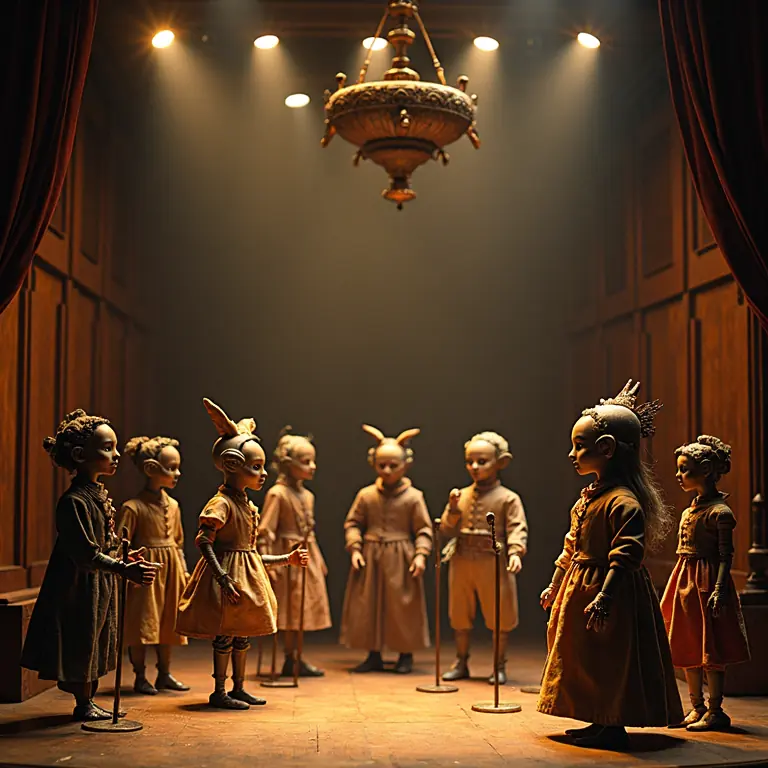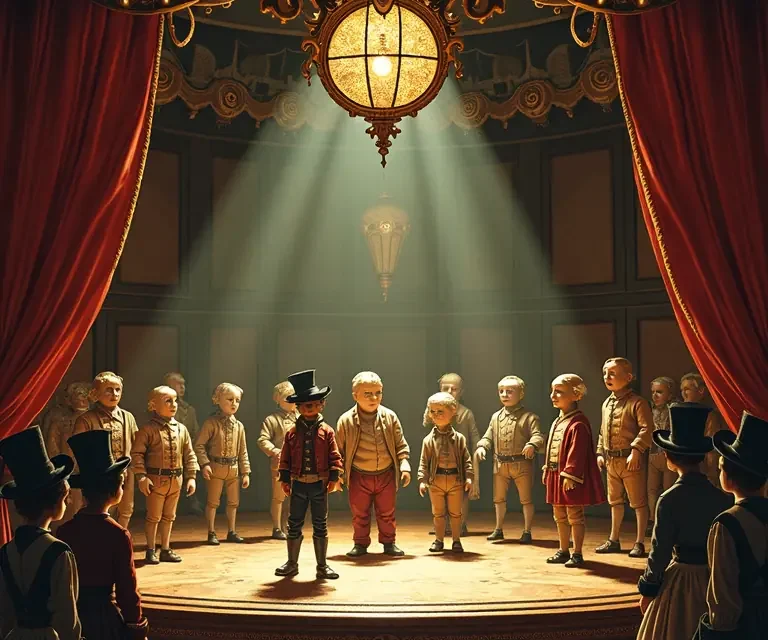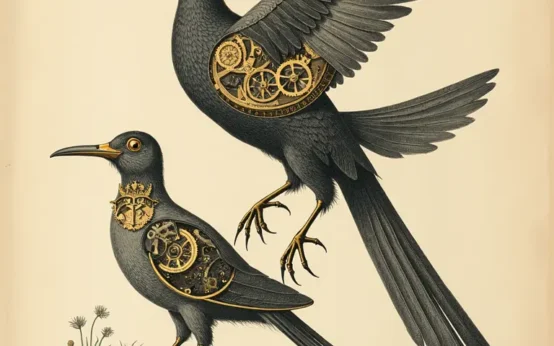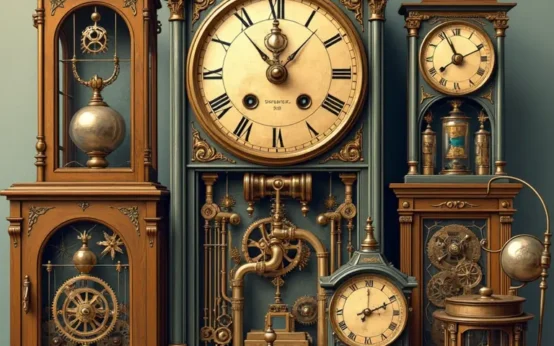For centuries, before the advent of cinema and widespread digital entertainment, a captivating form of spectacle unfolded within miniature theatres. These weren’t simply dollhouses with inhabitants; they were automaton theatres – intricate mechanical stages populated by self-operating figures, enacting miniature dramas for delighted audiences. This article will delve into the fascinating history of these diminutive stages, exploring their mechanics, their cultural context, and the skilled artisans who brought them to life. We’ll trace their evolution from royal curiosities to popular pastimes, and uncover the surprising connections between automaton theatre and other technological advancements of the era.
The Seeds of Automation: Ancient Roots & Early Precursors
The desire to create artificial life, or at least the *illusion* of it, stretches back to antiquity. Ancient Egyptians and Greeks documented automatons – self-operating devices – often powered by water or air pressure. Hero of Alexandria, a 1st-century AD engineer, is particularly renowned for his ingenious creations, including self-propelled shrines and mechanical theatrical devices. While these weren’t theatres in the modern sense, they demonstrated a foundational understanding of mechanics and a fascination with mimicking life through machinery. These early automatons were largely religious or ceremonial in purpose, intended to inspire awe and demonstrate divine power.
The medieval period saw a continuation of these traditions, largely preserved within Islamic scholarship. Al-Jazari, a 12th-century polymath, documented numerous complex mechanical devices, including musical automatons and robotic servers. His work, contained within The Book of Knowledge of Ingenious Mechanical Devices, provided detailed instructions for constructing these marvels, showcasing a sophisticated understanding of gears, cams, and levers. The influence of these innovations eventually filtered into Europe, though often through indirect channels.
The 18th Century: The Golden Age of Automaton Theatre
The 18th century marked the true blossoming of automaton theatre. This period coincided with the Enlightenment, a time of scientific inquiry and a growing fascination with mechanics. Royal courts and wealthy aristocrats became avid collectors of these intricate creations. France, England, and Germany were particularly prominent centers of automaton production.
Several factors contributed to this surge in popularity. The development of precision engineering techniques, coupled with advances in clockmaking – a field intimately linked to the creation of intricate mechanisms – provided the necessary skills and materials. In fact, many automaton makers were originally clockmakers, readily applying their expertise to create miniature theatrical performances. You can read more about the fascinating relationship between timekeeping devices and the broader history of measurement here.
The Key Players: Makers & Their Masterpieces
Several names stand out as pivotal figures in the development of automaton theatre. Jacques de Vaucanson (1709-1782), a French inventor, created a life-sized mechanical duck in 1739 that could flap its wings, quack, eat, and even “digest” food – a sensation that captivated the court of Louis XV. While not strictly a theatre, it demonstrated the level of mechanical sophistication attainable at the time.
Pierre Jaquet-Droz (1721-1790), a Swiss watchmaker, produced three remarkable automata: a writing automaton, a drawing automaton, and a music-playing automaton. These creations, still functioning today, showcased an astonishing level of precision and artistry. His automata weren’t theatrical in the traditional sense, but they demonstrated the underlying principles that would be applied to automaton theatres.
However, the true masters of automaton theatre were the families who dedicated themselves to creating complete miniature performances. The Béguins, a French family, were renowned for their elaborate stages and complex automata. Their pieces often depicted scenes from popular operas and plays, faithfully recreating costumes, sets, and musical scores on a miniature scale. Their automata were controlled by intricate cams and levers, often hidden beneath the stage.
Similarly, the Maillardet family, also French, produced exquisite automaton theatres. James Cox, a British inventor, created several large-scale automaton figures and theatrical scenes, often showcasing historical or mythological events. His work was notable for its ambitious scale and technical complexity.
The Mechanics of Magic: How Automaton Theatres Worked
The core of an automaton theatre lay in its intricate mechanical systems. These systems were typically powered by a clockwork mechanism – a mainspring that, when wound, provided a consistent source of energy. This power was then transmitted to the automata through a complex arrangement of gears, cams, and levers.
Gears were used to transmit rotational motion and change speed. Cams, shaped pieces of wood or metal, converted rotational motion into linear motion, allowing the automata to perform specific actions – raising an arm, bowing, or turning the head. Levers amplified force and controlled the timing of movements.
The programming of the automata was achieved through the precise arrangement of these components. The shape of the cam determined the timing and extent of each movement. Complex sequences were created by combining multiple cams and levers, carefully synchronized to create a cohesive performance. This process required immense skill, patience, and a deep understanding of mechanics. The lost art of creating these mechanisms is detailed in this article.
Beyond the main mechanical drive, automaton theatres often incorporated additional features. Musical accompaniment was common, provided by miniature organs or mechanical music boxes. Lighting effects were achieved through the use of candles or oil lamps, carefully positioned to illuminate the stage. Some theatres even included rudimentary sound effects, such as the clatter of hooves or the rumble of thunder.

From Royal Courts to Public Entertainment: The Democratization of Automaton Theatre
Initially, automaton theatres were exclusive possessions of the wealthy elite. They were commissioned as bespoke pieces, often costing a fortune. However, as production techniques improved and demand increased, smaller, more affordable automaton theatres began to appear.
The 19th century saw a gradual democratization of automaton theatre. Smaller, simpler automata were produced in larger numbers, making them accessible to a wider audience. Public exhibitions and travelling shows featuring automaton theatres became popular forms of entertainment. These performances often drew large crowds, eager to witness the marvels of mechanical artistry.
The development of peepshow theatres, also known as perspective boxes, further contributed to the popularity of miniature spectacles. These devices allowed viewers to peer into a small box and observe a miniature scene, often enhanced by perspective tricks and mechanical elements. While not always fully automated, peepshow theatres offered a similar sense of wonder and illusion.
The Decline and Legacy of Automaton Theatre
The rise of new forms of entertainment in the late 19th and early 20th centuries – cinema, radio, and television – gradually eclipsed automaton theatre. These new mediums offered more realistic and immersive experiences, rendering the intricate mechanics of automaton theatres somewhat obsolete. However, the legacy of automaton theatre continues to resonate today.
The principles of mechanical automation developed through automaton theatre laid the groundwork for later advancements in robotics and artificial intelligence. The meticulous craftsmanship and artistic vision displayed by automaton makers continue to inspire artists and engineers alike. The painstaking attention to detail and precise measurements required for these creations are explored in this history of measurement.
Today, surviving automaton theatres are highly prized collectibles, displayed in museums and private collections around the world. Restoration efforts are underway to preserve these fragile artifacts and ensure that future generations can experience the magic of these miniature stages.
The Sensory Stage: Beyond Sight and Sound
While visual spectacle was paramount, some automaton theatres attempted to engage other senses. The use of scented oils to evoke specific environments – a forest, a garden, a palace – was not uncommon. This nascent form of sensory experience foreshadowed modern immersive theatre and the growing field of scent design. The art of creating these evocative scents is discussed here.
The Anatomy of Ingenuity: A Closer Look at Automaton Construction
Understanding the internal workings of an automaton theatre is key to appreciating its complexity. The construction involved a multitude of specialized skills, from clockmaking and metalworking to carpentry and painting. The automata themselves were often made of wood, ivory, metal, and fabric, meticulously assembled and decorated.
The movements of the automata were carefully choreographed to create a believable performance. Facial expressions were often achieved through the use of articulated jaws, eyebrows, and eyelids. Costumes were scaled down to miniature size, often replicating the fashions of the day. The stage sets were equally detailed, featuring miniature furniture, landscapes, and architectural elements.
The creation of an automaton theatre was a collaborative effort, often involving a team of skilled artisans working under the direction of a master craftsman. The entire process could take months, even years, to complete. A deeper dive into the construction and inner workings of antique automata can be found here.
Modern Echoes: Automata Today
While the golden age of automaton theatre may be long past, the art of automata continues to thrive today. Contemporary artists and engineers are creating new and innovative automata, often incorporating modern materials and technologies. These creations range from whimsical kinetic sculptures to sophisticated robotic devices.
The principles of mechanical automation remain relevant in a variety of fields, including robotics, manufacturing, and design. The legacy of automaton theatre serves as a reminder of the power of human ingenuity and the enduring appeal of bringing inanimate objects to life.


 The Curious Mechanics of Automaton Birds: A History of Feathered Clockwork
The Curious Mechanics of Automaton Birds: A History of Feathered Clockwork  The Curious Chronicle of Clockwork Toys: Automata, Art, and the Dawn of Play
The Curious Chronicle of Clockwork Toys: Automata, Art, and the Dawn of Play